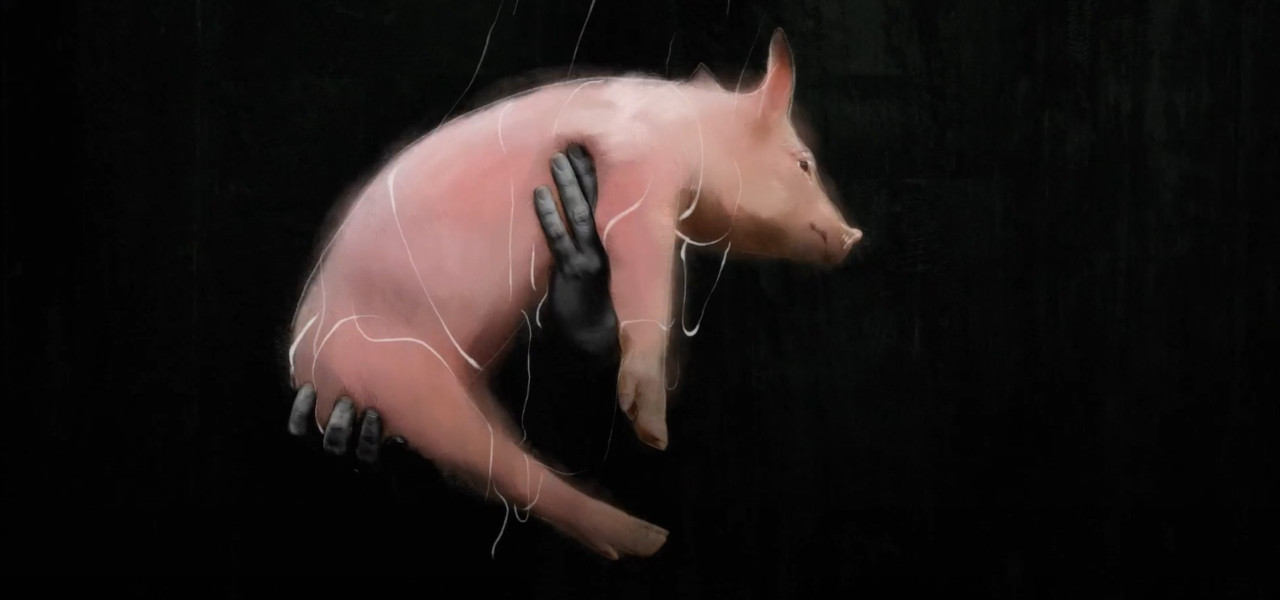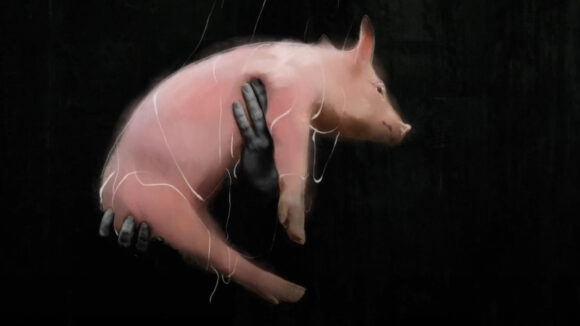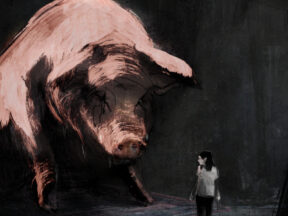

Oscar Shortlist Interviews: Director Tal Kantor Shares Her Favorite Shot From ‘Letter To A Pig’
As awards season hits its stride, we asked the filmmakers behind each of this year’s 15 Oscar-shortlisted animated shorts to share their favorite shot from their film and explain why it’s special to them. The pieces are being published in the order that materials were received.
In this piece, we’re looking at Letter to a Pig from filmmaker Tal Kantor, which won the grand prix for international short at Anima Brussels, narrative short at Ottawa, the Zlatko Grgic award at Zagreb, and the Ophir Award (Israel’s top film award) for short film.
Letter to a Pig blends animation techniques and live-action shots to tell different versions of the same story. In the short, a Holocaust survivor reads a letter he wrote to a pig that saved his life to a group of schoolchildren. Different styles emphasize how human memory is fallible and how recalled images and imagination are often abstract.
Here is Kantor’s favorite scene from the short and her explanation of its significance:
This shot from the film is inspired by a memorable moment from a dream I had as a young schoolgirl. I vividly recalled details from that dream for years, like the weight of a little pig shaking in my hands and its soft touch. This memory left such a powerful mark on me, and over a decade later, along with a few other memories, it eventually turned into a strong desire to create this film.
This shot marks the pivotal turning point in the film when the young heroine, Alma, undergoes a significant change in perspective. She decides to listen to her conscience’s command and takes corrective action.
This moment unfolds immediately after Alma witnesses the consequences of her and her classmates’ fear and animosity toward the unfortunate pig. She decides to take action, extending her hands upward to gently lower the pig, untangling it from the threads of cruel hatred in which it was trapped.
This moment initiates a process of self-reflection and shrinking of the great fear, allowing the pig to return to a small and tender state in Alma’s hands. It marks the beginning of an inner reconciliation.
Despite numerous attempts and challenges, the team and I ultimately succeeded in producing and realizing this intricate shot just as I had envisioned.
I aimed for this moment to portray a genuine and trustworthy connection between Alma’s mature hands and the soft pig’s body, where the boundaries between dream and reality would blend into one another.
Therefore, It was important to me (and almost throughout the film) to use footage of real hands, not drawn ones. This choice aimed to emphasize and provoke reflection on the movements and actions we perform with our human hands. Do we clench them into a fist or open and extend them towards others? Are they used to cause harm or to embrace and comfort?
This shot captures a moment of connection, marking the first touch of compassion and tenderness, which embodies the essence of the entire journey and message of the film.
Read the other entries in the series:
- John Musker on I’m Hip
- Flóra Anna Buda on 27
- Dave Mullins on War is Over!
- Bret Parker on Pete
- Yegane Moghaddam on Our Uniform
- Karni Arieli and Saul Freed on Wild Summon
- Rita Basulto on Humo
- Jared and Jerusha Hess on Ninety-Five Senses
- Stephen Vuillemin on A Kind Of Testament
- Gabriel Augerai, Romain Augier, and Yannick Jacquin on Boom
- Priit Tender on Dog Apartment
- Stéphanie Clément on Pachyderme
- Lucija Mrzljak and Morten Tšinakov on Eeva
- Dan Abraham and Trent Correy on Once Upon a Studio

